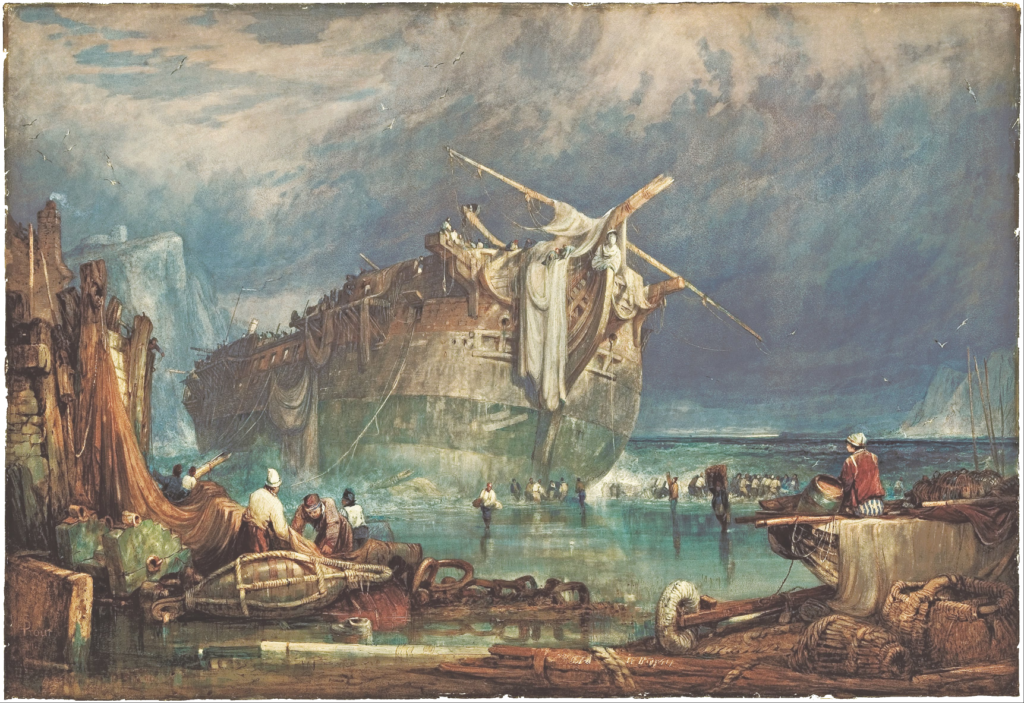
Europe
Shipwreck in Medieval and Early Modern Times: On the history of maritime risk-taking conserved in language, written tradition and objects
Prof. Dr. Gabriel Zeilinger (University of Erlangen-Nürnberg & German Maritime Museum)
This paper will analyze the role of shipwreck not only for the understanding of perceptions and management strategies of mobility risks in the (European) Middle Ages and Early Modern Times, but – in a way – of the pre-modern world view in general. For this included the notion of divine direction in an ever endangering environment. Shipwreck was virtually omnipresent (not only) in the Middle Ages – on the sea, on lakes and rivers: it posed, e.g., the major threat for merchant enterprise and investment, resulting in the development of (maritime) insurance; shipwreck could even change the course of politics, notably by numerous princes drowned or washed ashore; and it was an obstacle to be overcome by pilgrims, both materially and spiritually.
To achieve a more comprehensive understanding of this phenomenon for the pre-modern world, it is essential, as this paper will argue, to include and combine a variety of sources (ranging from chronicles, travel reports or pious endowments to art objects and even the wrecks themselves) as well as a multi-disciplinary approach in analyzing them. Thus, a mosaic of human experience of and coping with shipwreck can be assembled which connects the otherwise rather scattered results on this matter by among others Economic History, Religious Studies or Marine Archaeology. Furthermore, the examination of medieval shipwreck offers opportunities in the transmission of knowledge on the medieval world as a whole – both in museology and in academic teaching (which constitutes one aspect of the inter-disciplinary research project of the proponent within the frame of the German Maritime Museum at Bremerhaven).